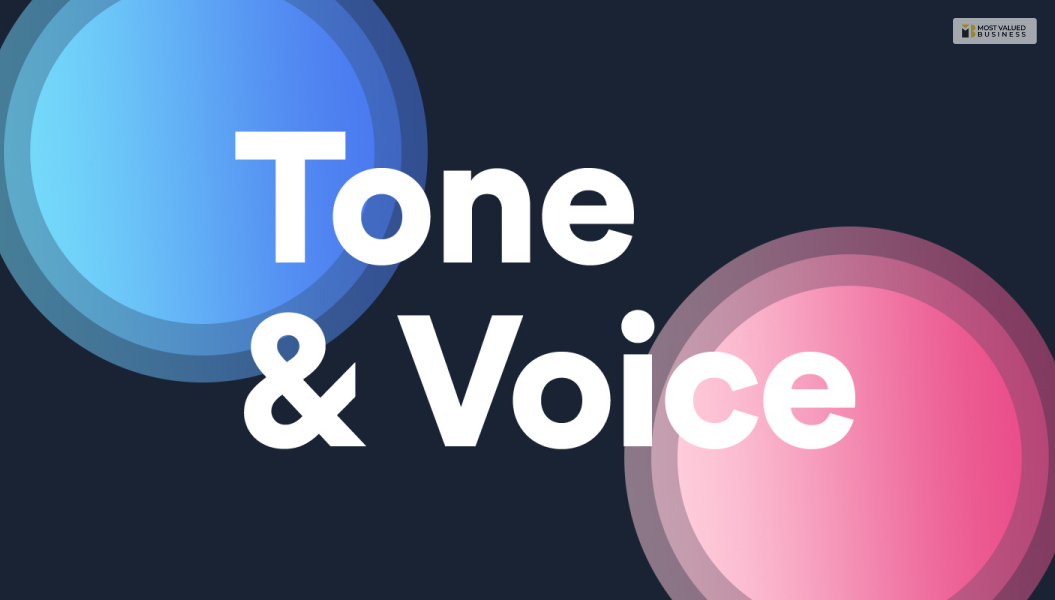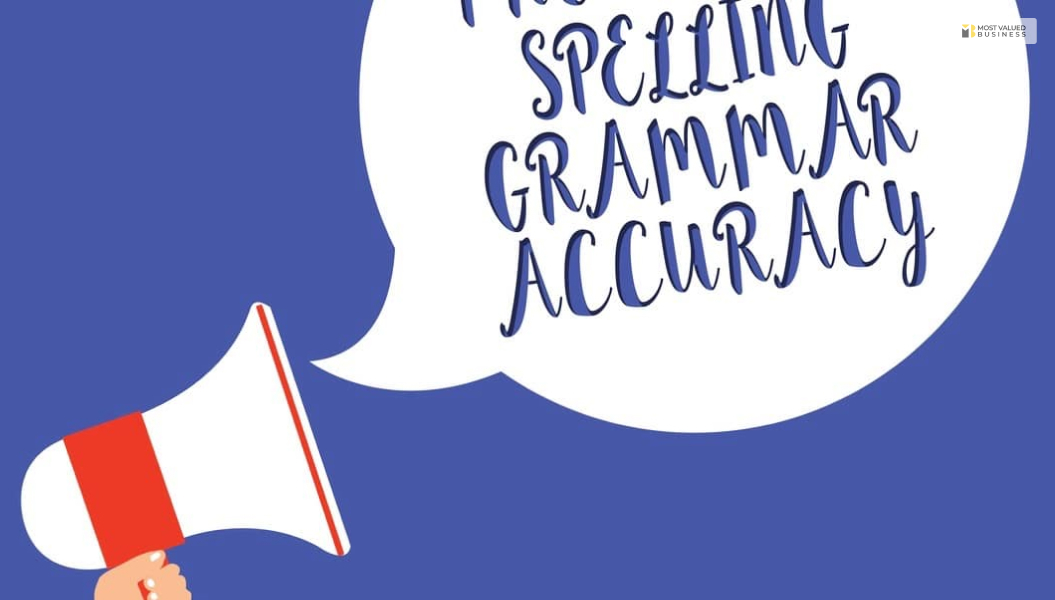12 Effective Communication Strategies To Build Better Personal & Professional Connection
Communication Strategies are very important as many of the workplace’s difficulties center around communication gaps. The start of a project or following different steps to achieving it heavily relies on communication. That is why many workplaces emphasize the requirement of good communication skills.
If you are looking for a job or already working in one, you must ace your communication strategies. Because a huge part of working with others depends on dealing with people and dealing with people requires good communication skills.
In this article, you will learn about some of the most effective communication strategies. So, without further delay, let’s get to it.
Different Forms of Communication
Generally, there are four different ways of Communication. All of these modes allow individuals, teams, and working professionals to share and exchange information.
Here are the four different modes of Communication –
Verbal Communication

Verbal Communication is the most common mode of communication. An individual uses their words and their language to verbally say things they want to convey to another person. However, there are a few deciding factors for effective verbal Communication. These factors are such as – clarity of speech, choice of words, tone, etc.
Read More: What Is Personalized Marketing? Explained With Examples
Written Communication

Written communication is also another heavily used mode of communication. It is one of the key aspects of professional communication. The communicator needs to write what they want to communicate on a paper or digital document to run this type of Communication.
Non Verbal Communication

The body language, posture, and gestures or the facial expression of a person are part of verbal Communication. Sometimes lots of things can be conveyed through nonverbal communication. Eye contact with a person and the body language of someone can say a lot about them.
Visual Communication

Visual Communication is a mix of illustrations, drawings, pictures, graphics, etc. it allows the transmission of information, ideas, etc, through visual messages. You only use visual Communication when you are in a meeting and showing visual information to help others understand something important.
Importance Of Communication
Communication in the workplace is one of the key aspects that you need to work on. Where teams have different projects to work on and different problems to solve, you cannot ignore the significance of Communication.
Effective Communication can be the start of understanding a goal and working together towards achieving it. So, it is needless to say how important and necessary communication skills are.
Here are some of the best communication strategies that you need to know about.
1. Body Language And Non Verbal Cues

When you are communicating with someone, it is not just your mouth that does the talking. Your whole body takes part in communication. Your facial expressions, body language, and nonverbal cues significantly affect effective Communication. Sometimes your body language might contrast with your words.
So, one of the best communication strategies is to be aware of your nonverbal cues. If you are communicating something, ensure that you are adjusting your nonverbal signals with your words.
2. Maintain Eye Contact

Another mistake that creates a communication gap is the lack of eye contact. When you are communicating with someone without eye contact, the other person might feel that you are not actively involved in the communication.
3. Request & Provide Feedback

One of the best communication strategies is to provide and request feedback during a conversation. When you provide feedback to someone, they will feel that you value their opinion. Also, you can also ask them about their feedback and go into detail about the topic under discussion. It will be easier to work with someone when you value their opinion and request their feedback.
4. Use Small Verbal Comments

Encourage the other person to talk and be an attentive listener. But you can also ensure your presence along the way while listening. Small verbal comments of affirmation and listening show your involvement and presence in the conversation. When you are listening to someone’s opinion, you can use small verbal comments like ‘uh-huh’ to show your engagement in the conversation.
5. Do Not Interrupt

When communicating with someone, you should not interrupt when they are speaking. Interruption when someone is speaking shows that you do not have respect for what they want to say. Or you do not value their opinion. Effective and positive communication should not have frequent and unnecessary interruptions.
6. Give Them Your Attention

One of the key aspects of effective communication strategies is to offer complete attention to the person you are communicating with. When you give all of your attention to someone you are speaking with, they will feel heard and have your acknowledgment.
7. Limit Any Distraction

One of the communication strategies that often gets overlooked is some of the limitations we subconsciously bring during a conversation. You cannot keep scrolling through Twitter when someone is saying something important to you. That is why we suggest limiting any possible distractions that might stop you from being attentive. Put away your phone, and put your desktop or laptop to sleep mode when you are in the middle of an important communication.
8. Take Public Speaking Classes

You can also try taking speech classes to build confidence in public speaking. This will provide you with the necessary communication strategies when speaking to an audience.
9. Acknowledge Others’ Expression

Your facial expression is key to an effective communication strategy. Communication is a two-way process. When someone is saying something to you, you can acknowledge what they are saying using your own facial expression. You can nod to approve their point of view or shake your head to deny it. However, using appropriate facial expressions when communicating with or acknowledging others is necessary.
10. Think About Your Tone Of Voice

Your tone of voice says a lot about what you want to communicate. Your tone of voice decides how the listener interprets what you are saying. If you are discussing something serious, maintain a serious tone of voice that shows your confidence and surety. But if you are discussing something funny, then assume a playful voice.
11. Use Of Appropriate Spelling And Grammar

We suggest you stop using jargon, slang, and other different forms of language when discussing any professional matter. Also, be attentive to your pronunciation and spelling when communicating anything professional.
12. Editing And Proofreading

Yes, good communication is one of the keys to success. So, if you send emails to your clients or teammates, ensure they are correctly written. It is suggested that you do the necessary edits and proofreading before sending it to the receivers. Ensure that the mail or the messages outline your message through understandable language and with a professional tone.
Read More: Valuing A Business: What Is Business Valuation & Why Is It Important?
Bottom Line
Good communication skills help you with a well-built personality and gives you a strong presence among others. It helps you improve your professional and personal relationships as well. If these are some of the areas where you want to improve yourself, then go through the sections mentioned above to improve your content strategies.
However, if you want us to answer more of your queries related to such problems, please comment below.
Read Also:
